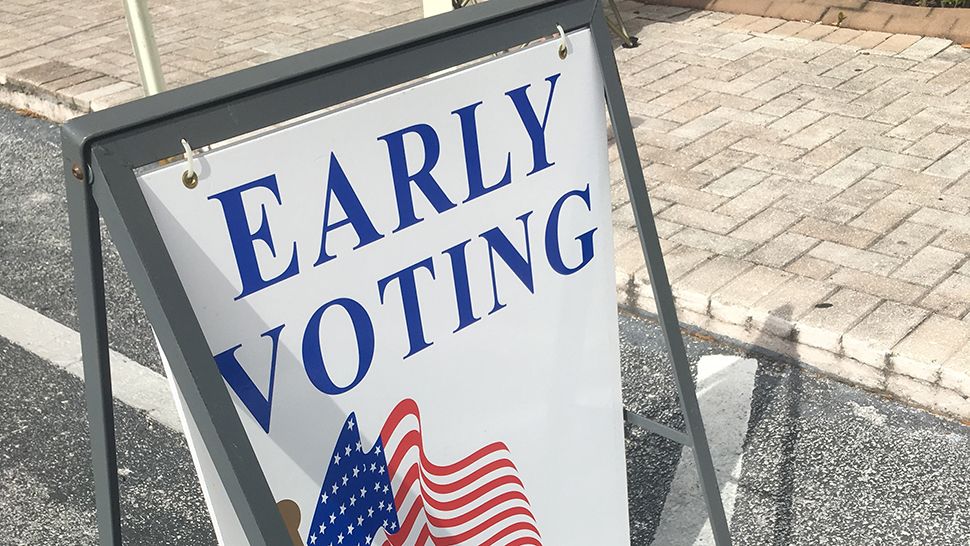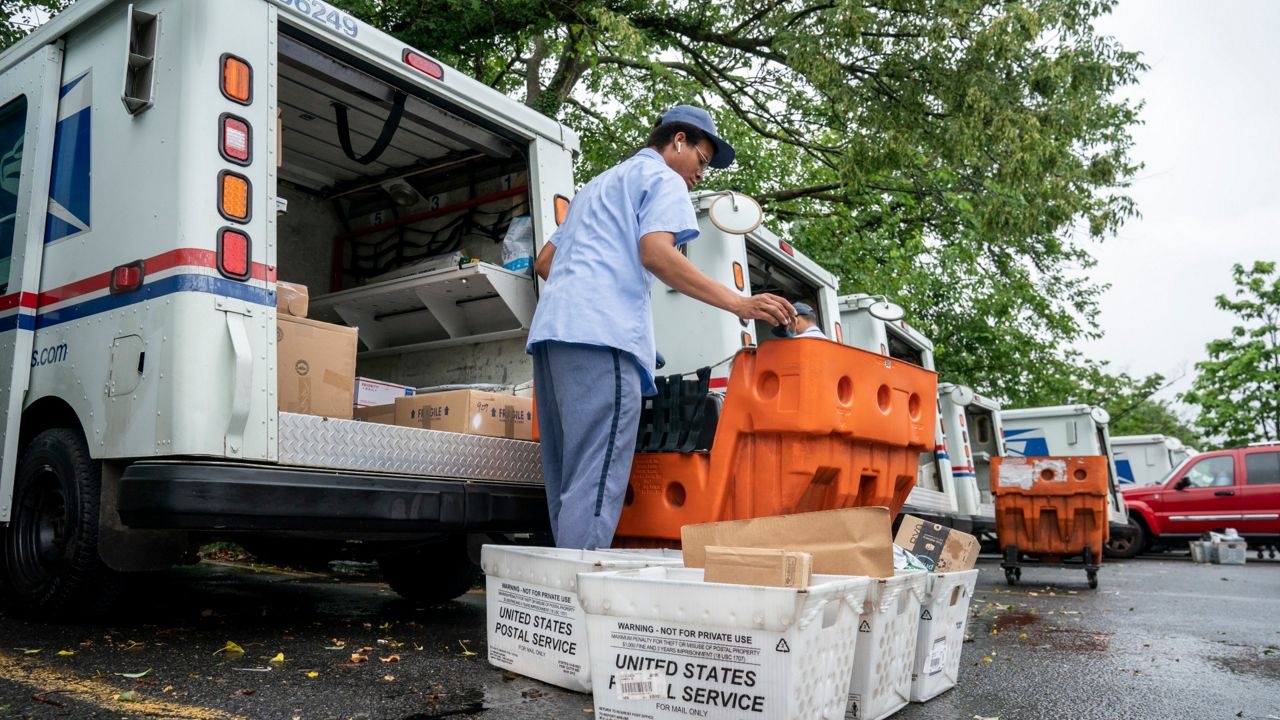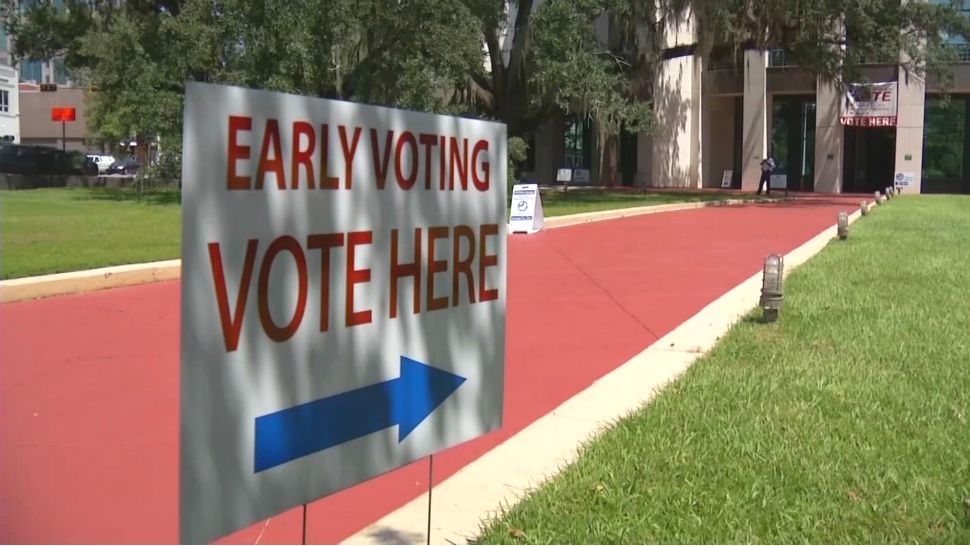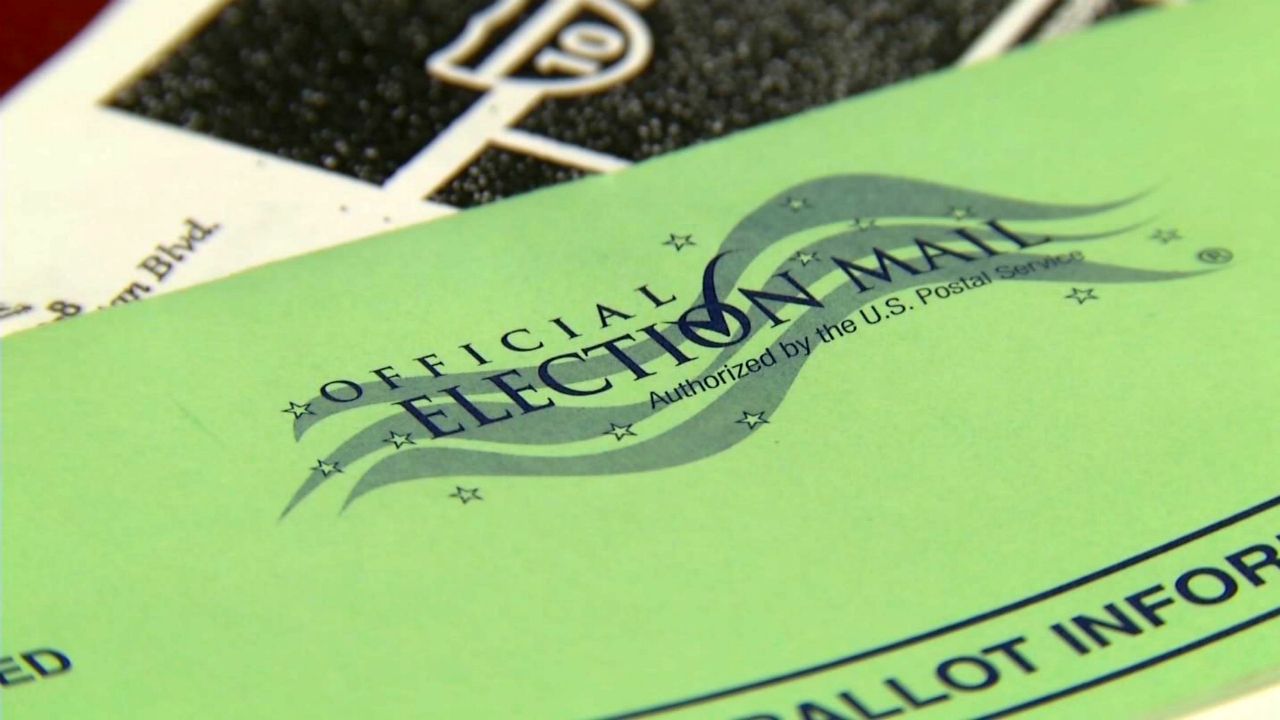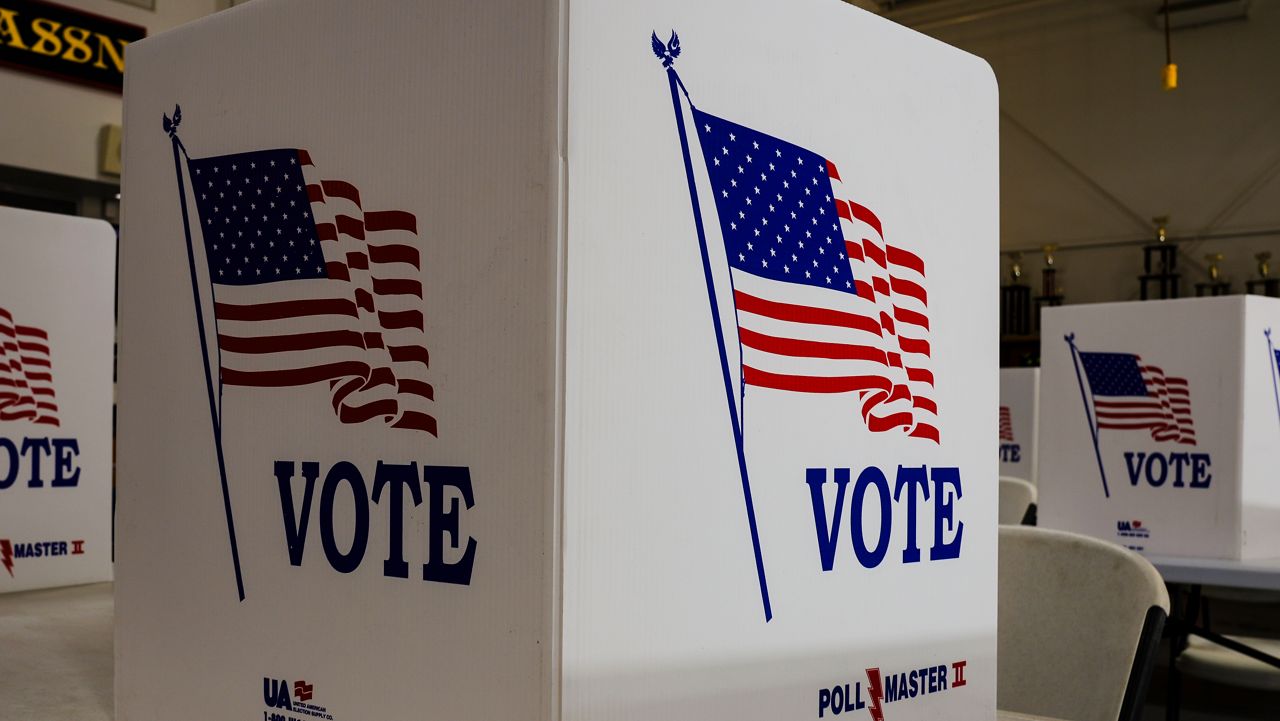With coronavirus precautions in full swing, this year's presidential election is sure to be a major test of the nation's early-voting systems. Requests for mail-in ballots are shattering records, while President Donald Trump continues to sow doubt in the veracity of voting by mail.
What can you believe?
We set out to debunk some well-circulated myths about early voting.
MYTH: Vote-by-mail is fraught with fraud.
THE TRUTH: President Donald Trump has implied that voting by mail in this year's presidential election could lead to fraud, saying mail-in ballots will lead to "the greatest Rigged Election in history." He recently hinted to his supporters that they should try to vote twice — once early, and then again in person on Election Day — in a legally-fuzzy plan to circumvent the "fraud."
"There's simply no basis for the conspiracy theory that voting by mail causes fraud. None," Federal Elections Commissioner Ellen Weintraub said in May of this year.
In 2018, Trump disbanded his own commission charged with investigating voter fraud, without producing any systemic evidence of fraud. Between 2000 and 2018, Oregon mailed out more than 100 million ballots and only substantiated a dozen cases of proven fraud in that time, which corresponds to a 0.000012 percent fraud rate, according to Vox.com.
MYTH: There is no early voting in my state.
THE TRUTH: Almost every state in the country has some form of an early voting period. Some have even already started that period.
Some states, like Kentucky, have designated polling places where you can vote in person early. Others, like Wisconsin, use a process called in-person absentee voting, which normally takes place at the government office that handles elections in your area.
Here are the designated dates for early voting or in-person absentee voting. This is a designated period. Actual dates and times will vary depending on location.
Early voting:
- California: October 5-November 2
- Florida: As early as October 19-November 2
- Kentucky: October 13-November 2
- Massachusetts: October 17-October 30
- New York: October 24-November 1
- North Carolina: October 15-October 31
- Ohio: October 6-November 2
- Texas: October 13-October 30
- Wisconsin: Absentee in-person voting October 20-November 1
MYTH Early-voting ballots are counted differently than ballots cast on Election Day.
THE TRUTH: All ballots are counted in the same way in each state, and usually with the same equipment, regardless of whether it's a ballot cast on Election Day or one cast before then.
What will change depending on the state is when that ballot is processed. Elections offices Florida and California, for instance, can process ballots before Election Day, so they can count them quicker. Check with your state or local elections office for that information.
MYTH: Mail-in and early voting ballots don’t get counted unless the race results are close.
THE TRUTH: Both mail-in and early voting ballots are counted with final vote totals. In some states, they are even processed before Election Day votes.
MYTH: You must register to vote before every election.
THE TRUTH: Incorrect. Your registration is on file with your local elections office/state permanently unless your status has changed in any way. This is why sometimes dead people are still on voter rolls.
MYTH: Provisional ballots don’t get counted unless there is a tie, or at all.
THE TRUTH: Provisional ballots are given to voters only if additional confirmation of voter eligibility is needed. Provisional ballots are then approved by a local canvassing board. Once they’re approved, the votes count.
However, states have different rules regarding how you obtain a provisional ballot, and what you need to do to make sure the canvassing board counts it. See your individual state rules for guidance.
MYTH: I need/don’t need a photo ID to vote in my state.
THE TRUTH: This is because each state has different voting laws, and not every state has photo ID requirements to vote. The National Conference of State Legislatures breaks down which states require voter IDs and which don’t.
- California: If you’ve voted in California before, you don’t need to show ID.
- Florida: You must have a valid photo ID with a signature. If you do not have one, you can cast a provisional ballot.
- Kentucky: You need a photo ID. If you do not have one, you can cast a provisional ballot.
- Massachusetts: If you’ve voted in Massachusetts before, you don’t need to show ID.
- New York: If you have voted in New York before, you don’t need to show ID.
- North Carolina: If you’ve voted in North Carolina before, you don’t need to show ID.
- Ohio: You must show an ID. If you do not have one, you can cast a provisional ballot.
- Texas: You need to have a photo ID to vote. If you do not have one, you can cast a provisional ballot.
- Wisconsin: You need to have a photo ID to vote. If you do not have one, you will be provided a provisional ballot.
MYTH: I can vote online or over the phone.
THE TRUTH: No, there is no voting online or over the phone for federal elections, i.e. president, U.S. senator or U.S. representative. You can’t text in your vote or ballot, either.
You can, however, request a mail-in ballot online in most states, which you must return via the mail, place in an official drop-off box or bring to your region’s elections office. Contact that office for more info.
MYTH: If you haven’t registered to vote before Election Day, you can/can’t vote.
THE TRUTH: This depends entirely on which state you live in. Some states do allow for in-person Election Day voter registration, like California and Wisconsin.
Other states do not – and here are the 2020 registration deadlines:
- Florida, Kentucky, Ohio, Texas: October 5
- New York, North Carolina: October 9
- Massachusetts: October 24
MYTH: If you display partisan or campaign material inside the polling site, you will be asked to leave.
THE TRUTH: Rules vary by state. In Florida or New York, for example, you can wear your campaign hat or T-shirt in the polling place, as long as you are not actively campaigning in that polling place. Other states will ask you to leave. Make sure you’re familiar with the attire rules in your state before you head into your polling location wearing your candidate’s buttons and hat.
MYTH: If you are registered to a party, you can only vote for candidates in that party.
THE TRUTH: In the November general election, you can vote for anyone on the ballot, regardless of political party.
MYTH: You must speak English in order to vote in elections.
THE TRUTH: The rule is that you must be an American citizen -- but that doesn't mean you need to speak English to vote.
There are language minority voting-rights provisions in the Voting Rights Act that account for ballots in other languages in different parts of the country, provided that the minority in that region meets certain criteria:
A jurisdiction is covered under Section 203 where the number of United States citizens of voting age is a single language group within the jurisdiction:
- Is more than 10,000, or
- Is more than five percent of all voting age citizens, or
- On an Indian reservation, exceeds five percent of all reservation residents; and
- The illiteracy rate of the group is higher than the national illiteracy rate.
This is why in Florida, for example, you see ballots printed in Spanish. In other parts of the country, you could also see ballots printed in Asian languages, or Native American languages. Check with your elections office to find out more.
MYTH: If you don’t vote in a race, your ballot won’t count.
THE TRUTH: If you get a ballot and leave a race blank, that is called an undervote. It will not count toward the result of that race, but it won’t void your entire ballot. Your votes in every other race will count.
MYTH: If you voted in the primary, you can’t vote in the general election.
THE TRUTH: Primary elections ask you to decide whether a candidate should be the party’s nominee for that position.
General elections are different: You are deciding whether the nominee is qualified to win that position.
If you vote in the primary, you can vote in November. Any eligible voter can vote in November.
MYTH: If you voted early or by mail (previously called absentee) and want to change your vote, you can.
THE TRUTH: Some states will allow you to change your ballot. But many will not. Be sure to know the rules for your state.
If you make a mistake on your ballot before you have turned it in, Florida will give you up to two more ballots so you can vote the way you want to. But after you have cast a vote, you can't change it.
SOURCES: County and state elections websites, Florida Division of Elections, Federal Election Commission





